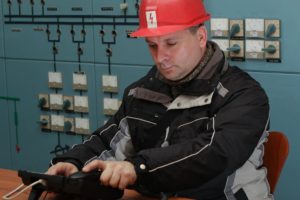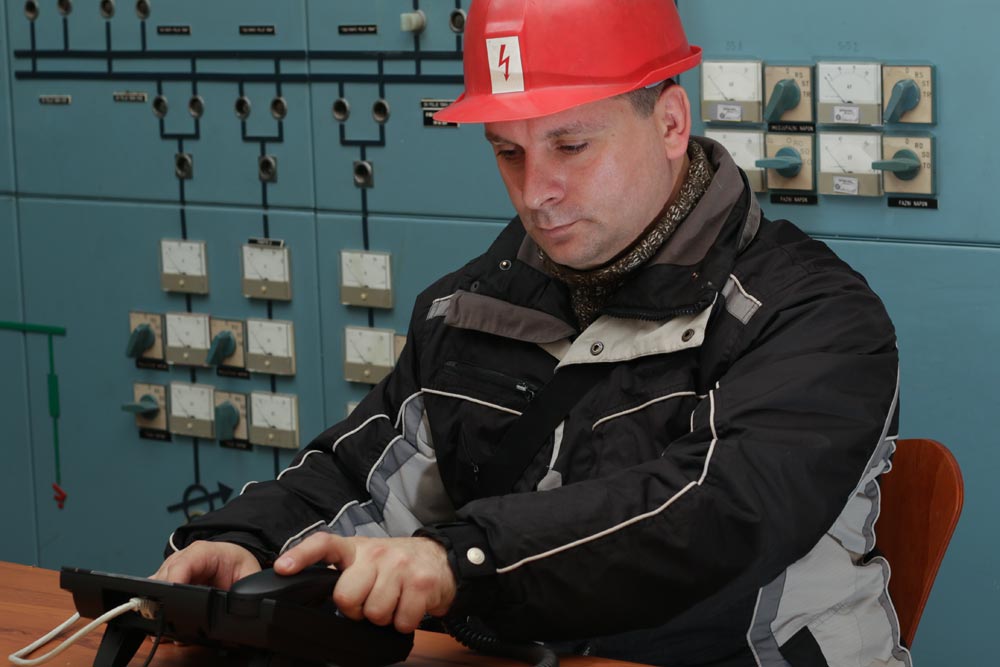Disclaimer: The information on our website is provided for general information purposes only. We make no representations or warranties of any kind, express or implied, about the completeness, accuracy, reliability, suitability or availability with respect to the website or the information contained on our website for any purpose. Any reliance on such information is therefore strictly at your own risk and we are not liable for any damages or losses arising out of or resulting from your reliance on any information contained on our website.
A power distributor and dispatcher helps areas with their power needs when there is a power outage or an increased power need. They monitor the energy being distributed and control it’s flow from power stations to the end user. The Bureau of Labor Statistics reports that among all production jobs in the United States, power plant operators, distributors, and dispatchers were paid the highest among them.
How to become a Power Distributor and Dispatcher

You’ll need to earn your high school diploma or equivalent to become a power distributor and dispatcher. However, to get the job as an applicant, you’ll also need to pass a background check and complete a thorough on-the-job training program that can be a blend of classroom and hands-on training. O*Net OnLine reports that a little over 50% of power distributors and dispatchers have a high school diploma or equivalent, almost 20% have earned a certification after high school, and 15% have taken some college courses. Though this career field only requires a high school diploma, employers look for candidates who excel in math and technology.
There are also multiple industries that need people in this career field. Your local government, electric power company, rail transportation, the federal government, and even paper mills hire power distributors and dispatchers.
Job Description of a Power Distributor and Dispatcher
Just like a 911 dispatcher routes emergency personnel to a location in need, a power distributor and dispatcher does that as well, but with electricity. This current may need to be distributed for various reasons. For instance if a tornado takes out power lines the current would need to be rerouted until those lines are fixed. Rerouting the current also enables workers to fix those lines without fear of electric shock. They also ensure there is enough power sourced to locations that require heavy use.
Article Citations
Bureau of Labor Statistics, U.S. Department of Labor, Occupational Outlook Handbook, Power Distributors and Dispatchers.
National Center for O*NET Development. 51-8012.00. O*NET OnLine.

